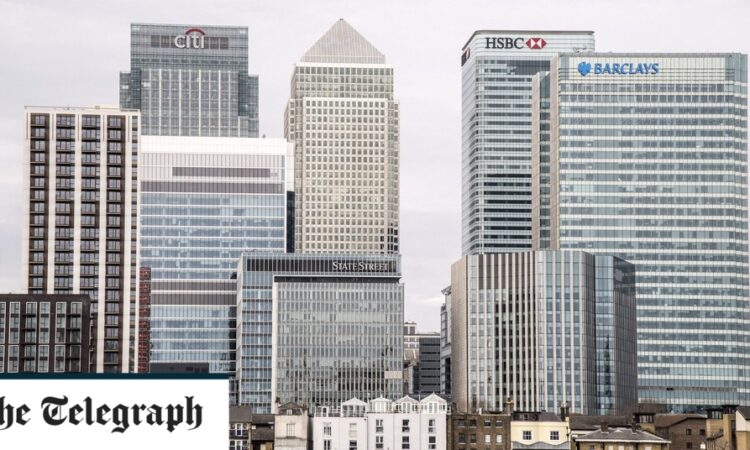
Households pulled a record £4.6bn in savings from banks and building societies last month as rampant inflation puts pressure on incomes.
Net withdrawals in May surged by a quarter compared to April when they totalled £3.7bn as households took out the largest amount of cash in any month since at least 1997, Bank of England data showed.
Thomas Pugh, an economist at RSM UK, said it was likely that “households are using savings to pay down debt which has become much more expensive recently”.
Consumer borrowing dropped by 27pc from £1.5bn to £1.1bn in May, as the Bank of England continued to raise interest rates.
Mr Pugh added: “It now looks more likely that the lagged effect of the huge rise in interest rates that has already happened, combined with the risk of further rate rises, tips the economy into recession, either later this year or in early 2024.”
Tomer Aboody, director of lender MT Finance, said the higher May outflow showed households are feeling the pinch as the cost of living crisis bites.
Households are grappling with large price rises as the cost of borrowing soars. The Consumer Prices Index rose by 8.7pc in May, unchanged from April, while core inflation rose to 7.1pc, the highest rate on record since March 1992.
Ashley Webb, UK economist at Capital Economics, said: “Higher interest rates continued to weigh on bank lending in May … This effect will only intensify as the Bank of England raises interest rates from 5pc now to a peak of 5.25pc, and perhaps a bit further.”
The withdrawals also suggest customers are moving their money to take advantage of higher interest rates.
Net withdrawals from interest-bearing sight deposits – easy access accounts which typically offer only low rates – more than doubled from £5.4bn in April to £11.4bn in May.
While customers are pulling money from low-yielding accounts, they are moving some of this cash into accounts that offer higher rates. There was a £4.9bn net flow into time deposits – which typically offer higher rates for fixed periods – up from £3.6bn in April.
But this movement offsets only part of the deposit withdrawals. Households may be drawing on their pandemic savings to support their spending, Mr Webb said.
Paul Heywood of Equifax UK warned that more “mortgage shock” is still to come as more and more homeowners refinance.
Mr Heywood said: “While consumers in the UK have done remarkably well to manage their finances thus far, we are seeing signs of emerging stress.”
The mortgage market remained relatively stable in May, with approvals for home purchase rising slightly from 49,000 to April to 50,500 in May. This was marginally above the consensus forecast of 49,700.
The interest rate on newly drawn mortgages rose from 4.46pc to 4.56pc in May, according to the Bank of England. But this figure includes rates that were secured months earlier.
Analysts warned that the rise reflected much lower mortgage rates at the start of May and the figures do not yet reflect the large jumps in rates that have happened since.
Mr Webb said: “That suggests mortgage lending and housing activity will take a big step down in June and July.”
The average quoted rate on a two-year fixed-rate mortgage hit 6.37pc on Thursday, up from 5.45pc at the end of May, according to Moneyfacts.
This means that the annual cost of taking out a new, typical £200,000 loan has increased by £1,344 since the Bank of England’s latest dataset.
Read the latest updates below.






